| Structure | Name/CAS No. | Articles |
|---|---|---|
 |
Fluorescein sodium
CAS:518-47-8 |
|
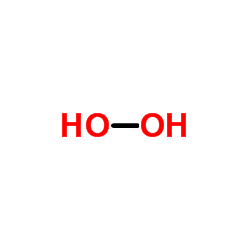 |
Hydrogen peroxide
CAS:7722-84-1 |
|
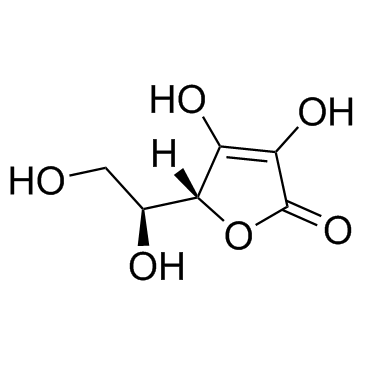 |
Ascorbic acid
CAS:50-81-7 |
|
 |
DPPH
CAS:1898-66-4 |
|
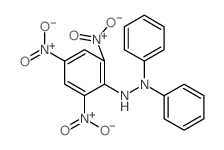 |
1,1-DIPHENYL-2-PICRYLHYDRAZINE
CAS:1707-75-1 |
|
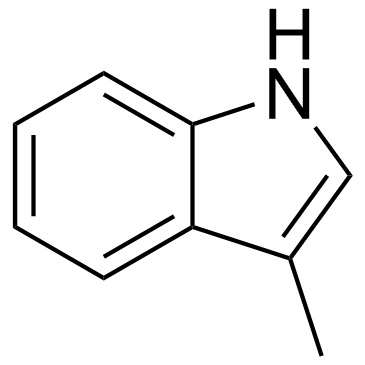 |
3-Methylindole
CAS:83-34-1 |
|
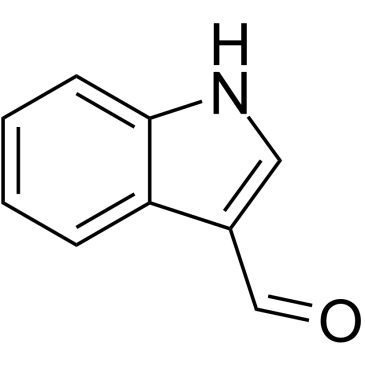 |
Indole-3-carboxaldehyde
CAS:487-89-8 |